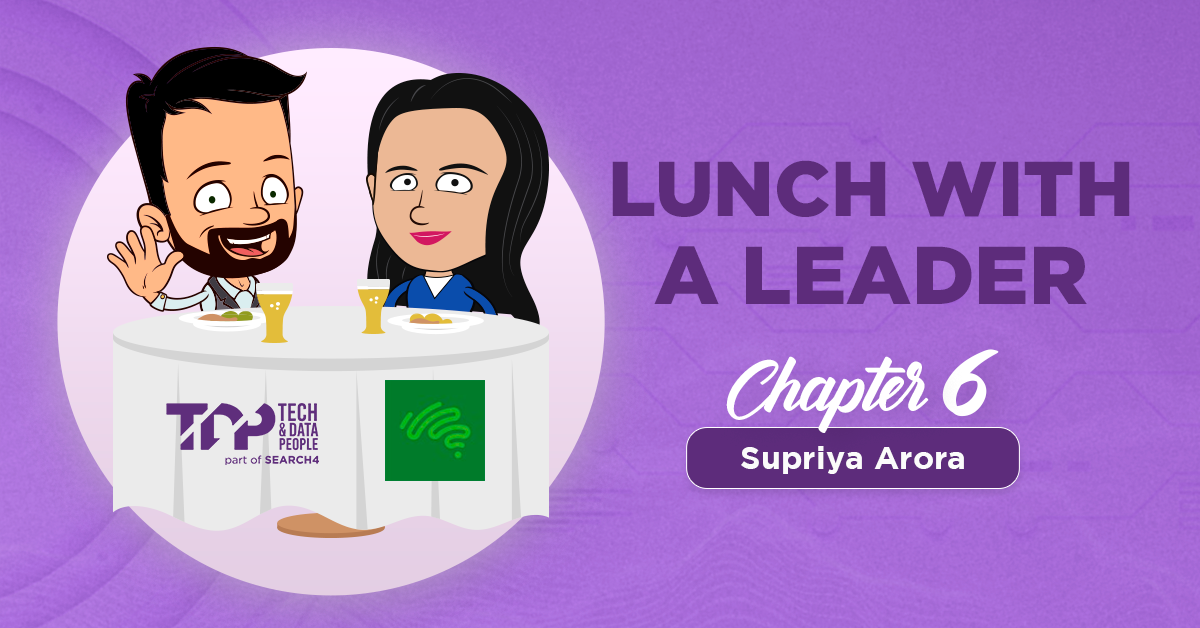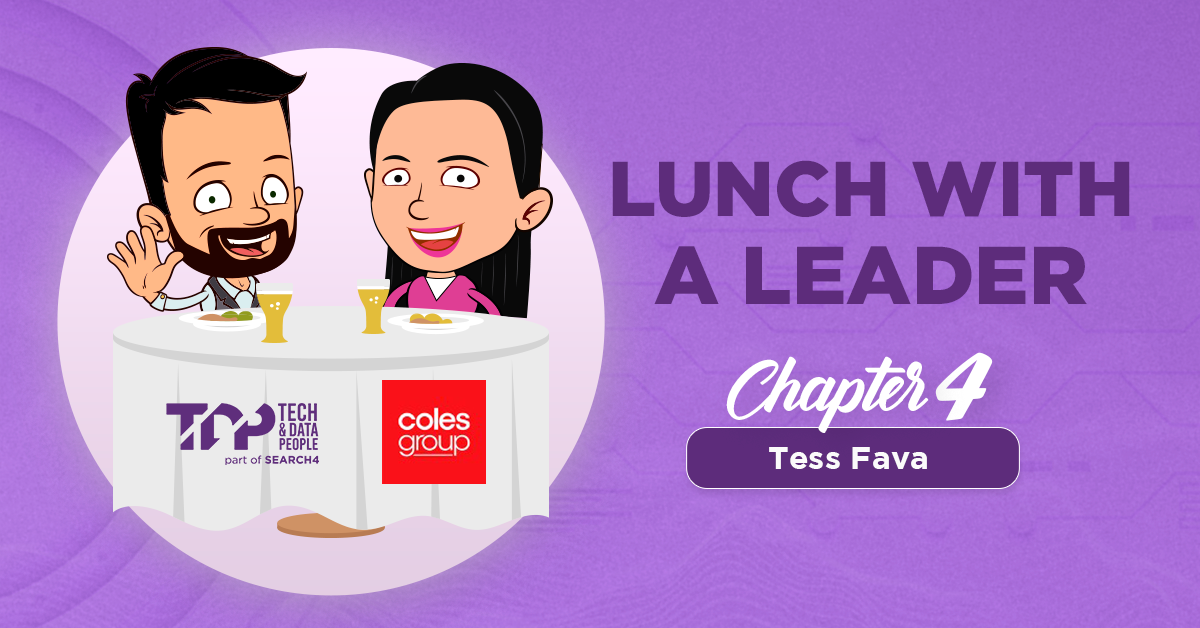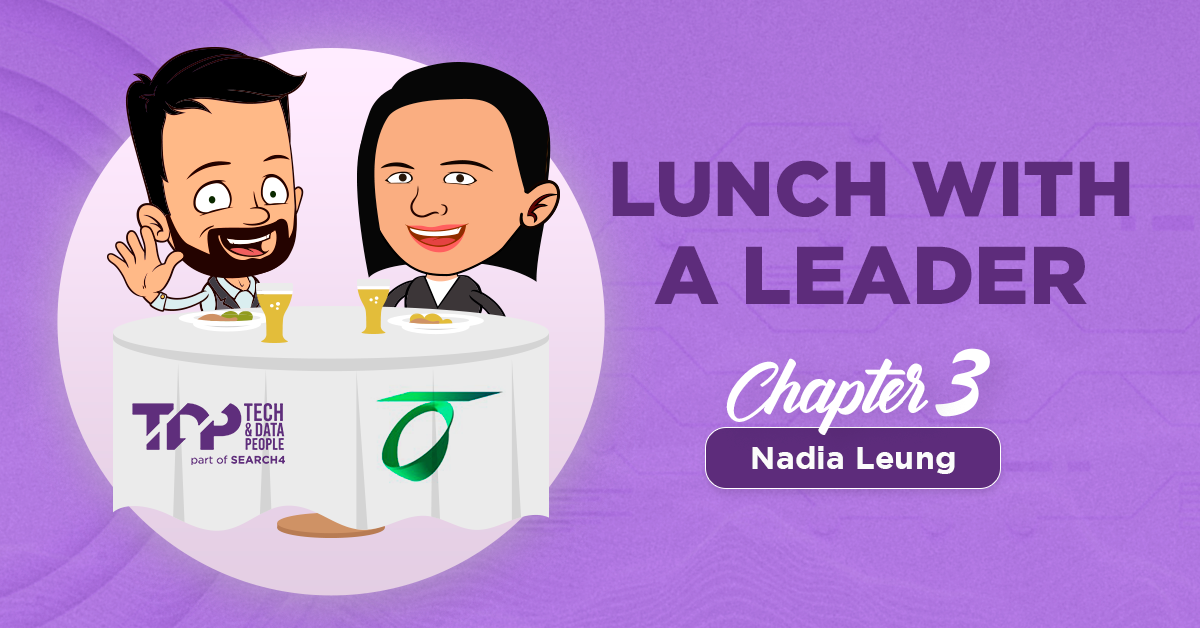Blogs
Lunch With a Leader | Chapter 2: Sara Wexler
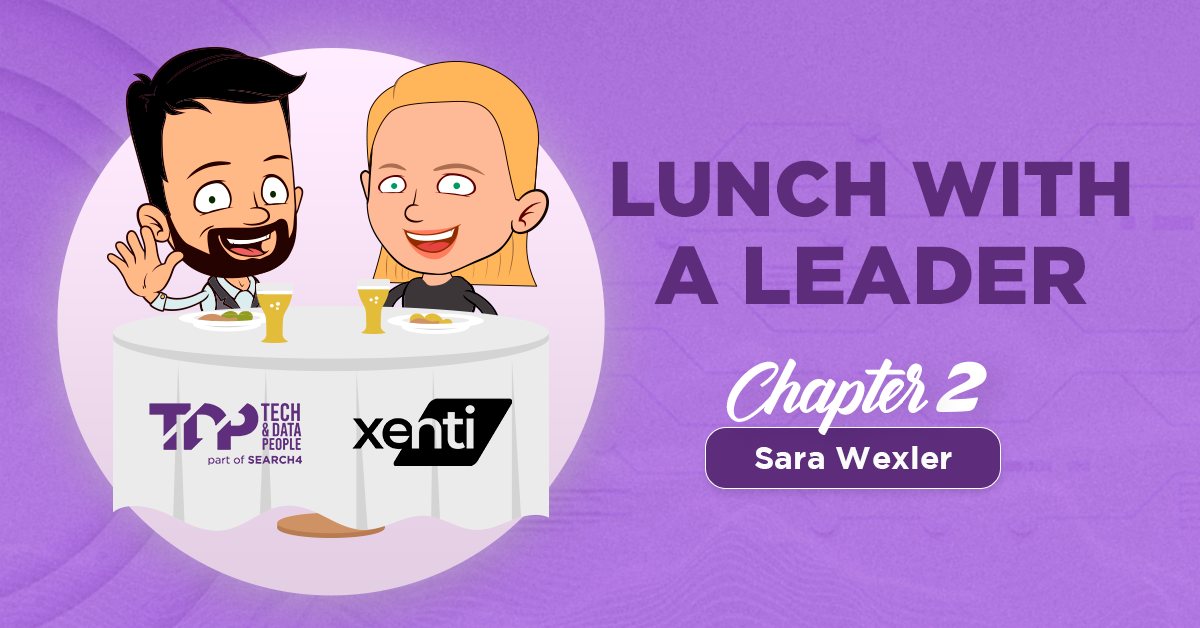
Welcome to Lunch with a Leader, where the Tech & Data People team sits down with IT leaders to uncover their career insights, challenges, and industry perspectives. Each conversation brings valuable lessons, trends, and advice to help our community grow and thrive.
Grab a seat at the table and take in the insights from some of the best in the business.
Leading a business that sits at the crossroads of AI and engineering, Sara Wexler knows the importance of staying relevant and making sure her team’s work creates real value for clients. As Co-Founder and CEO of Xenti, Sara has built a culture that combines innovation with practicality - delivering solutions that truly make a difference.
I had the chance to sit down with Sara to talk about how Xenti keeps its solutions cutting-edge, the company’s approach to attracting and retaining top talent, and what advice she has for those looking to start their own venture. Here's what she shared.
A strategy for fostering innovation, talent & cutting-edge solutions
1. The AI and Engineering field moves at light speed. How does Xenti ensure its solutions stay at the cutting edge and deliver measurable value to clients?
Staying at the cutting edge is part of our DNA. We operate at the intersection of AI, engineering, and business optimisation, which means we are constantly scanning the horizon for emerging technologies and evolving market needs. Our approach combines continuous R&D, strategic partnerships, and a strong feedback loop with our clients to ensure our solutions remain relevant, robust and forward-thinking.
We don’t focus on technology for its own sake. Every solution we provide is designed with a clear business outcome in mind.
Driving efficiency, improving decision-making, or unlocking new revenue streams; we validate value through tangible results and work collaboratively with our clients to adapt and refine solutions as their business and the technology landscape evolves.
Ultimately, our commitment is to deliver not only cutting-edge solutions but also meaningful, demonstrable value to our client’s bottom line.
2. What are Xenti's strategic priorities for driving innovation and maintaining a competitive advantage in AI and Engineering solutions?
At our core, meaningful innovation that drives real business impact will always be our guide. Our strategy is built around three key priorities:
- A client-centric approach to innovation. We believe AI and engineering solutions should solve real-world challenges, not just showcase the latest tech. By working closely with our clients, we tailor solutions that create measurable value.
- Investment in talent & capability building. The best technology is only as good as the people behind it. We foster a culture of continuous learning, encourage cross-disciplinary collaboration, and ensure our teams stay ahead of emerging trends in AI, automation and digital transformation.
- Partnerships & ecosystem collaboration. A huge role in our strategy. No single company has all the answers in our space. We work with leading technology providers, research institutions, and industry partners to accelerate innovation and deliver the most effective solutions.
Agility, a continuous innovation culture (and providing the learning opportunities behind that) and really knowing our client’s pain points ensure we can evolve with the industry and not only achieve our business objectives, but those of our clients.
3. How does Xenti attract, develop, and retain such niche AI and engineering talent?
We work tirelessly to ensure we have what the best talent want. Plot twist – a job is not what our niche talent market are after, well not only a job. They’re looking for impact, growth, and a dynamic environment where they can push boundaries.
Our attraction strategy centres around how we position our brand and that we are communicating that effectively. We are an innovation-driven company where engineers and AI specialists can work on cutting-edge projects. We want people who are curious, ambitious and ready to make a difference.
Ultimately, we don’t just hire for skills - we hire for mindset, and then we create an environment where top talent wants to stay and grow.
We invest in continuous learning and career development. Whether it’s advanced training, mentorship, or opportunities to work on diverse, high-value projects, we ensure our teams are always evolving with the industry.
Finally, culture is key. Most leaders will say collaboration, flexibility, etc. We measure it to ensure there is no top-down rose-coloured glasses situation. People stay where they feel valued enough to own their work, challenged to think creatively, and inspired—and that’s exactly what we aim to cultivate here.
4. How does Xenti ensure seamless collaboration with clients and meet their evolving needs?
We focus on building strong, transparent partnerships with our clients from the outset.
Seamless collaboration is the goal. We work alongside our clients as trusted partners, not just service providers. From the start, we invest time in understanding their business objectives, challenges, and expectations to ensure our solutions are aligned with their goals. This ensures that what we deliver is relevant, practical, and tailored to their evolving business landscape. We employ transparent communication and hold our commitment to agreed outcomes.
5. There are some unique risks in this field. How does Xenti assess and mitigate these from project execution, data security, and ethical AI deployment?
A proactive approach to risk management across these key areas is critical for us.
- Project Execution: we use agile methodologies and continuous monitoring to anticipate and address risks early ensuring flexibility and successful outcomes.
- Data Security: this is a top priority. We implement robust encryption, strict access controls, and regular audits to safeguard sensitive information and maintain compliance with industry standards.
- Ethical AI deployment: non-negotiable. We ensure transparency, fairness, and accountability in our AI models, working to eliminate bias and uphold responsible AI practices.
Building trust and long-term value for our clients comes when risk is either minimised, or managed expertly.
6. For people wanting to embark on their own venture, what advice do you have for them?
Make sure you're doing something you genuinely love. Passion is key.
Also, don't underestimate the power of your network. Start building those connections early and continue to build upon them. Business is all about people, and having a good network can open doors you didn't even know existed. I'm lucky, I have a solid network built over 25 years, which has enabled me to effectively position Xenti.
When you're prepping, go all in. Really do your homework with the numbers, think about those extra services you can offer, and figure out how to really add value for your customers. Most importantly, surround yourself with awesome people. We're super conscious of this during hiring - we really try to get a feel for someone's personality to see if they'll click with the team and bring something special. Soft skills are huge for us.
It's not just about what you can do, but how you do it.

State Lead, VIC
